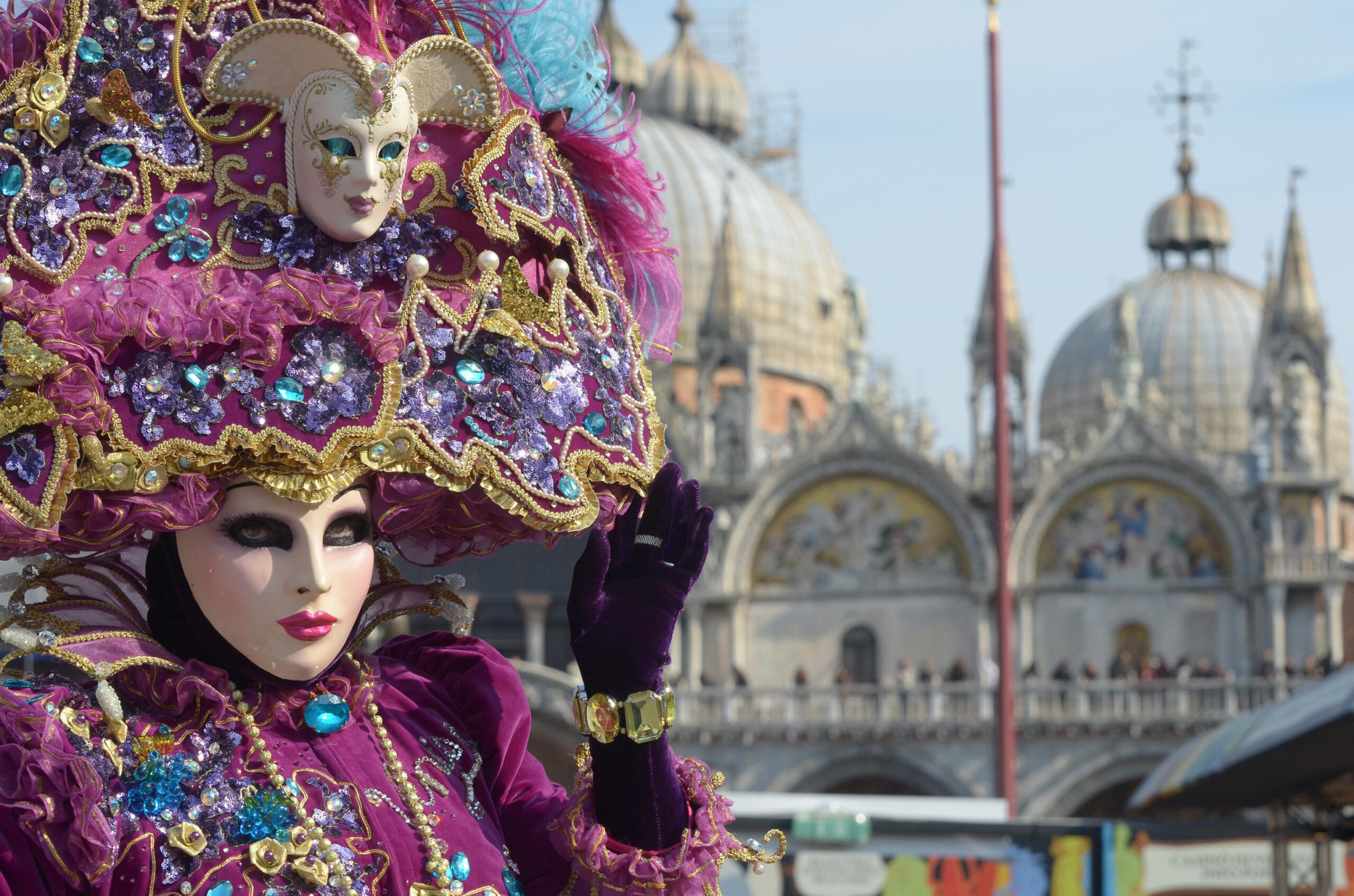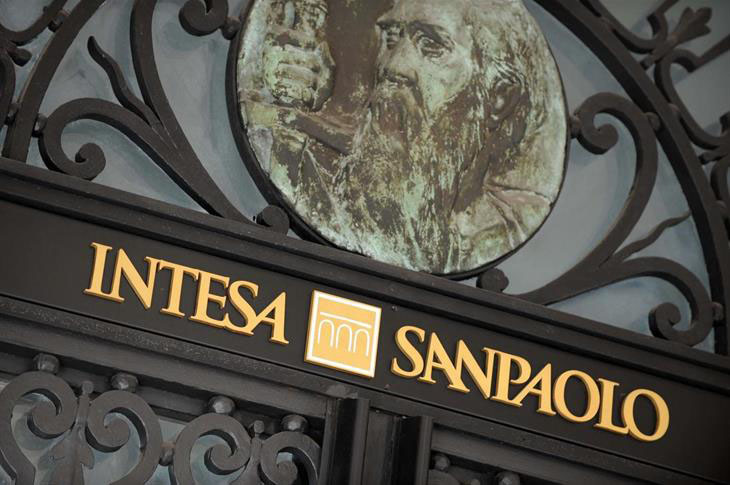Every year during the weeks leading up to Lent, Venice is transformed into party central for Carnevale, as entertainment, costumes, music, food and fun take over the lagoon city. Considered among the most important events in the Veneto region, Carnevale has found in Venice the perfect location to fully express its spirit dedicated to merriment.
Venice, like many other Italian cities, finds its Carnevale roots in the Saturnalia festival of ancient Rome, when the social order was overturned and slaves and free citizens poured into the city to celebrate with music and wild dancing. Venice has reinterpreted this ancient Roman festival to meet the needs of the Venetian Republic, which promoted the Carnevale to give to the people, especially the lower classes, a time for fun. Masks guaranteed total anonymity, thus leveling out the social divisions that allowed citizens to sometimes make a public mockery of authority and the aristocracy. These generous licenses represented an outlet for tensions that were created in society because of the strict limits imposed by morality and the public order of the Republic of Venice.
The word Carnevale is traced to a document of the Doge Vitale Falier of 1094, where it was used for the first time describing public amusements. Yet Carnevale did not become an official holiday until 1296, when a decree of the senate declared a public holiday the day before the beginning of Lent. Characters associated with the celebration included jugglers, acrobats, musicians and dancers, who organized performances and exhibitions that gained so much attention that Venetians business and production activities became less important.
For many centuries, Venice’s Carnevale lasted about six weeks – from December 26 to Ash Wednesday, bringing joy and fun to the main areas of the city such as the Riva degli Schiavoni and St. Mark’s Square. Sometimes the celebration, between parties, pranks and shows, began during the first days of October. As well as large outdoor parties, small performances and shows of various kinds were organized in private homes, theaters and cafes, which always transgressed into wild parties. In elegant palazzos, lavish masquerade balls marked the beginning of a long and fascinating tradition of masked parties in Venice.
Well-known and renowned throughout Europe, the Venetian Carnevale reached its peak in the early 18th century. Visited each year by thousands of revelers, the prestigious festival gained international acclaim. The exciting atmosphere, the comedy, masks, spectacular shows and the public gambling houses made Venice the “Magnet of Europe.”
Soon, however, the original meaning of the festival, a chance to vent discontentment, caused the opposite effect. The ability to completely hide ones identity in traditional Carnevale costumes and masks allowed the perfect opportunity for theft and harassment. These serious excesses forced the Venetian Republic to issue a series of decrees to limit abuses and fraudulent uses of masks and costumes, measures that gradually went to undermine the very essence of the Carnevale.
With the fall of the Venetian Republic, a permanent ban of Carnevale costumes arrived, with the exception of private parties held in palaces. A long period of decline ensued which led to the gradual shutdown of all parties connected to the celebration. The last Carnival in Venice was held in 1797.
The fall of the Republic at the hands of Napoleon marked the end of the long independence of Venice and the abolition of the many traditions of the Carnevale for about two centuries. Only in 1967 were the first parties reorganized with parades of masks and costumes, bringing these time-honored traditions back to life. In 1979, a program to engage the residents of Venice in the festivities was drafted for the first time to return the Carnevale to its origins. The new formula has become a success story that has lasted for over 40 years.





